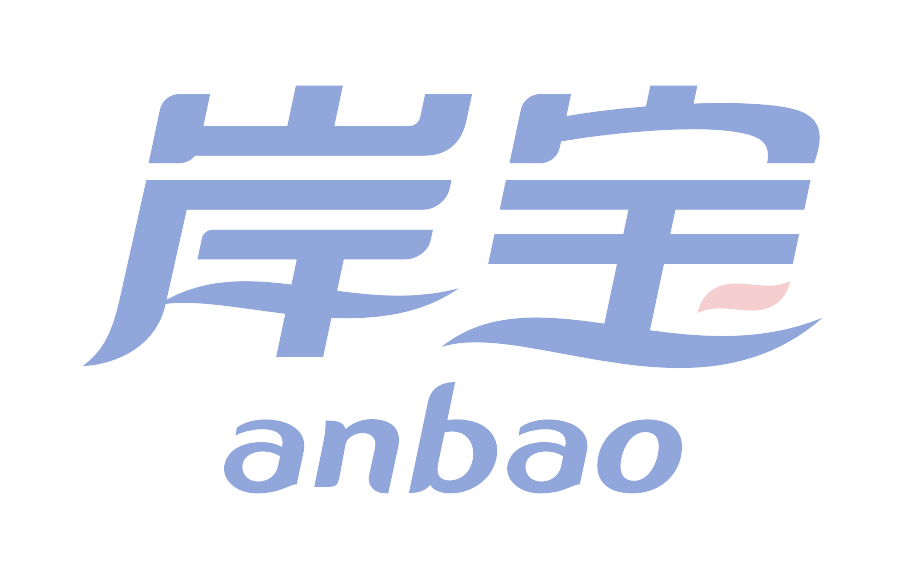
Paper bowls, as a common disposable item in modern life, possess a set of unique characteristics that contribute to their widespread use across various sectors. These characteristics not only define their functionality but also have implications for environmental, social, and economic aspects. Understanding the features of paper bowls provides valuable insights into their role in contemporary society.
One of the most notable characteristics of paper bowls is their lightweight nature. Crafted from paper materials, they are significantly lighter than traditional ceramic or metal bowls. This lightweight quality makes them highly portable, allowing for easy transportation and use in diverse settings. Whether it’s for a picnic in the park, a food truck on the move, or a large – scale outdoor event, paper bowls can be effortlessly carried and distributed. For consumers, the light weight means less strain when holding or carrying food, enhancing the overall dining experience, especially for those on the go.
Another key feature is their disposability. Designed for single – use, paper bowls eliminate the need for washing and storage. This characteristic is particularly appealing in high – volume food service environments, such as fast – food restaurants, street food stalls, and food festivals. Staff can quickly serve customers without the time – consuming task of cleaning and sanitizing reusable bowls, thus improving service efficiency. For consumers, disposable paper bowls offer convenience, as they can simply discard the bowl after use, saving time and effort in post – meal cleanup.
Paper bowls also exhibit remarkable versatility. They come in a wide variety of shapes, sizes, and designs, making them suitable for different types of food. Shallow bowls are ideal for serving snacks, salads, or dry foods, while deep – walled bowls can accommodate soups, stews, and other liquid – based dishes. Some paper bowls are even designed with special features, like leak – proof linings, to prevent spills and leaks, making them suitable for foods with sauces or oils. Moreover, the surface of paper bowls can be easily customized through printing. Businesses can add their logos, promotional messages, or attractive graphics, using the bowls as a marketing tool while serving food.
In terms of material properties, paper bowls, being made from paper, are generally perceived as more environmentally friendly compared to plastic alternatives. Paper is a renewable resource, sourced from trees that can be replanted. When managed sustainably, the production of paper bowls does not deplete natural resources indefinitely. Some paper bowls are also manufactured using recycled paper, further reducing the demand for virgin materials and minimizing the environmental impact associated with deforestation. However, it’s important to note that many paper bowls have a thin layer of plastic or wax coating to enhance their durability and prevent leakage, which complicates their recyclability.
The affordability of paper bowls is another characteristic that contributes to their popularity. Mass – produced on a large scale, they are relatively inexpensive to manufacture, which translates to lower costs for both businesses and consumers. For food vendors and small – scale businesses, using paper bowls helps keep operational costs down without sacrificing the quality of food service. Consumers also benefit from the affordability, as they can enjoy the convenience of disposable bowls without incurring high expenses.
Despite these advantages, the characteristics of paper bowls also present certain challenges. The disposable nature, while convenient, contributes to increased waste generation, putting pressure on waste management systems. The plastic or wax linings that enhance functionality can hinder recycling efforts, leading to a significant portion of paper bowls ending up in landfills.
In conclusion, the characteristics of paper bowls, including their lightweight, disposability, versatility, material properties, and affordability, have made them a practical choice in many aspects of food service and consumption. However, it is crucial to address the associated challenges to ensure a more sustainable use of this widely – adopted disposable item.


